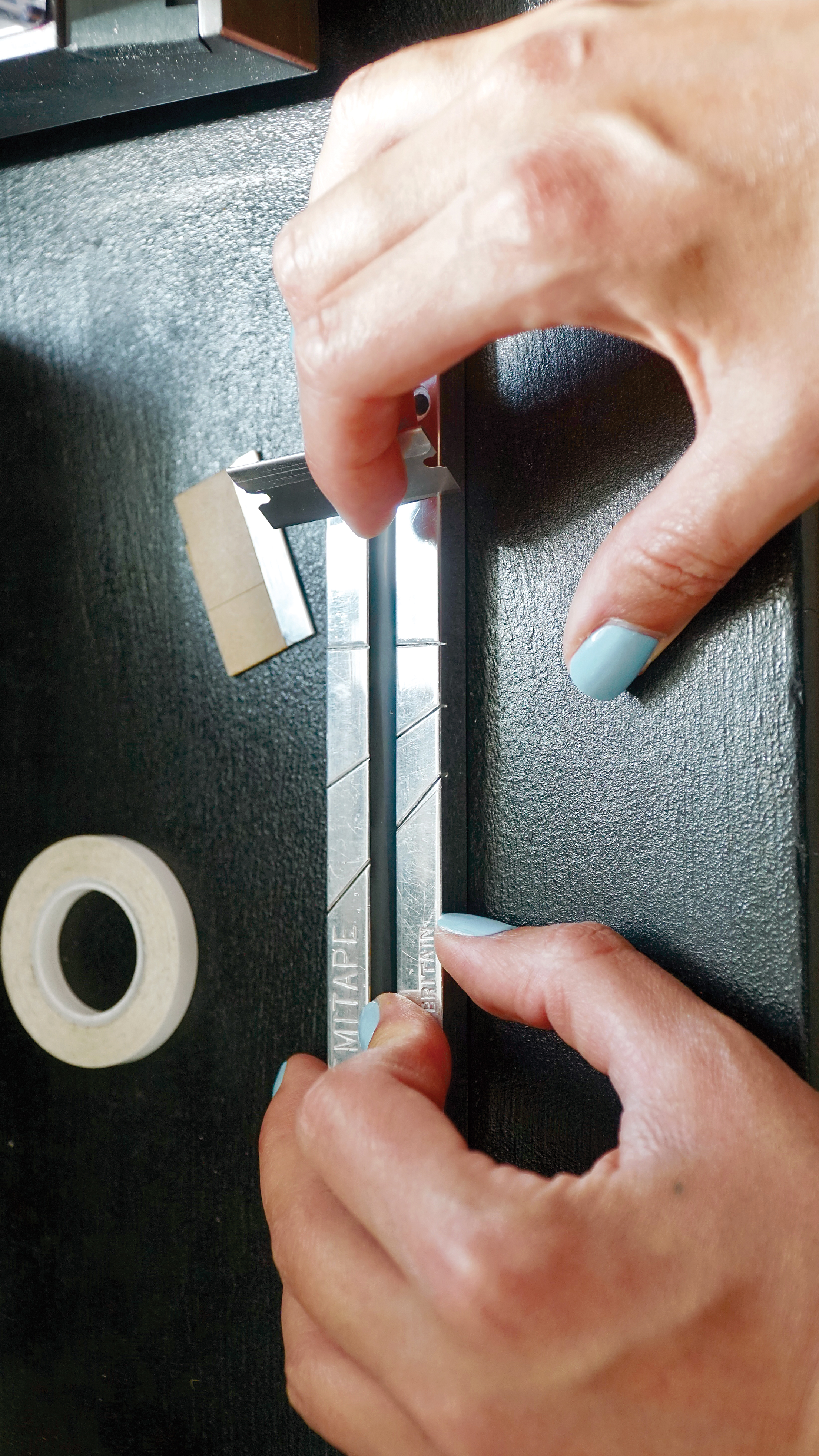For quite a time surrounding the year 2000, I was known as “the guy who records Karate” — their de facto recording engineer. Following the completion of their third album, The Bed is in the Ocean, my subsumption into the band wasn’t much more than an unspoken assumption that I would be recording their future works, and indeed, I went on to engineer Unsolved and the rest of their in-studio albums. 22 years after its initial release, Numero Group <numerogroup.com> re-issued Unsolved, along with Some Boots, Pockets, and Cancel/Sing as a vinyl boxset. The large-format booklet that accompanies the Time Expired boxset includes a 30,000-word essay by bandmember (and Tape Op contributor) Geoff Farina that isn’t just a memoir of the band but focuses largely on contextualizing their music. If you’re a music geek, you’ll appreciate how Geoff interweaves stories of Karate practicing/touring/recording, together with recollections and examinations of the various music scenes/influences/eras that the band experienced during their evolution. I was asked to contribute a 1,500-word account of recording Karate during those years, as well as notes, recordings, and photographs. (Fortunately, I was an early adopter of digital photography.) I had fun going through my archives while thinking about what I wanted to convey in my essay. The history of my gear selection was especially interesting to me. During the earlier years in my living room studio, we recorded on a TASCAM MS-16 1-inch tape machine and mixed through a Panasonic RAMSA WR-DA7 mixer, and in later years, a TASCAM MX-2424 hard-disk recorder [Tape Op #22] and a Sony DMX-R100 console [#25] in my purpose-built studio. AKG C1000S [#35] and Earthworks TC30K mics were used on every session, as were my Brent Averill refurbished API and Neve preamps, alongside a Great River MP-2NV [#28]. Lexicon MPX1 and MPX100 effects processors were also a constant. From Some Boots onwards, a rack of Empirical Labs FATSO Jr dynamics processors [#24] was crucial for tracking drums and most of the overdubbed instruments and vocals. Other than the MS-16, DA7, and MX-2424, I still use everything I listed above for most sessions in my studio! ••• 2000 was also the year when the band Everything But The Girl went on near-permanent hiatus. I recently listened to the audiobook of Bedsit Disco Queen by Tracey Thorn, one-half of EBTG. I purchased their first vinyl imports in the mid-’80s, and immediately fell in love with their punk-rock inspired sophisti-pop sound. Tracey’s memoir was originally published in paperback nearly a decade ago, but what led me to finally pick it up was stumbling upon EBTG’s sudden appearance on Instagram and their announcement that, 22 years after they quietly stopped being a band, EBTG had recorded a new album. I was delighted to discover that the audiobook was narrated by Tracey herself, and I found myself completely charmed by her personal accounts, but also practically transported back in time to the music scenes of my youth and young-adult years. My arc and progression through music-discovery, music-making, and lifestyle choices were mirrored in so much of EBTG’s journey, and I can imagine many of you would feel similarly while enjoying this book. You’ll appreciate the numerous stories of artists that you liked (or even disliked), and how they all fit together in the chronology of contemporary indie music — from jazz and folk, to punk rock and quietcore... and all the way forward to trip-hop, drum & bass, and other EDM. You might also empathize with the many anecdotes about music production, like the excitement of recording on a limited budget inside a shed (in the English college city of Hull), versus the extravagance of a months-long major-label production (in Los Angeles). While I await EBTG’s new album, I’m enjoying the historical photographs that they’re posting on Instagram.

